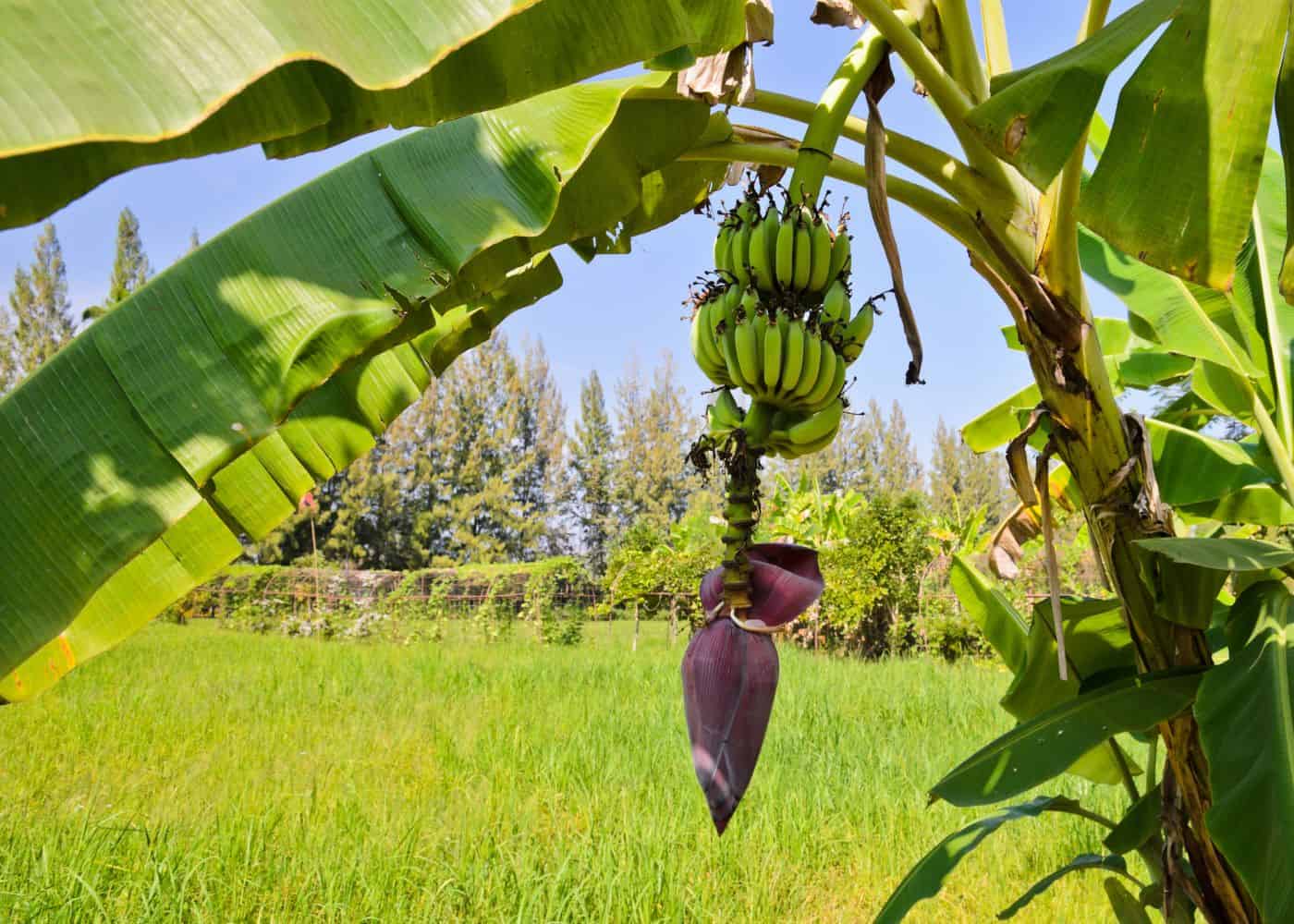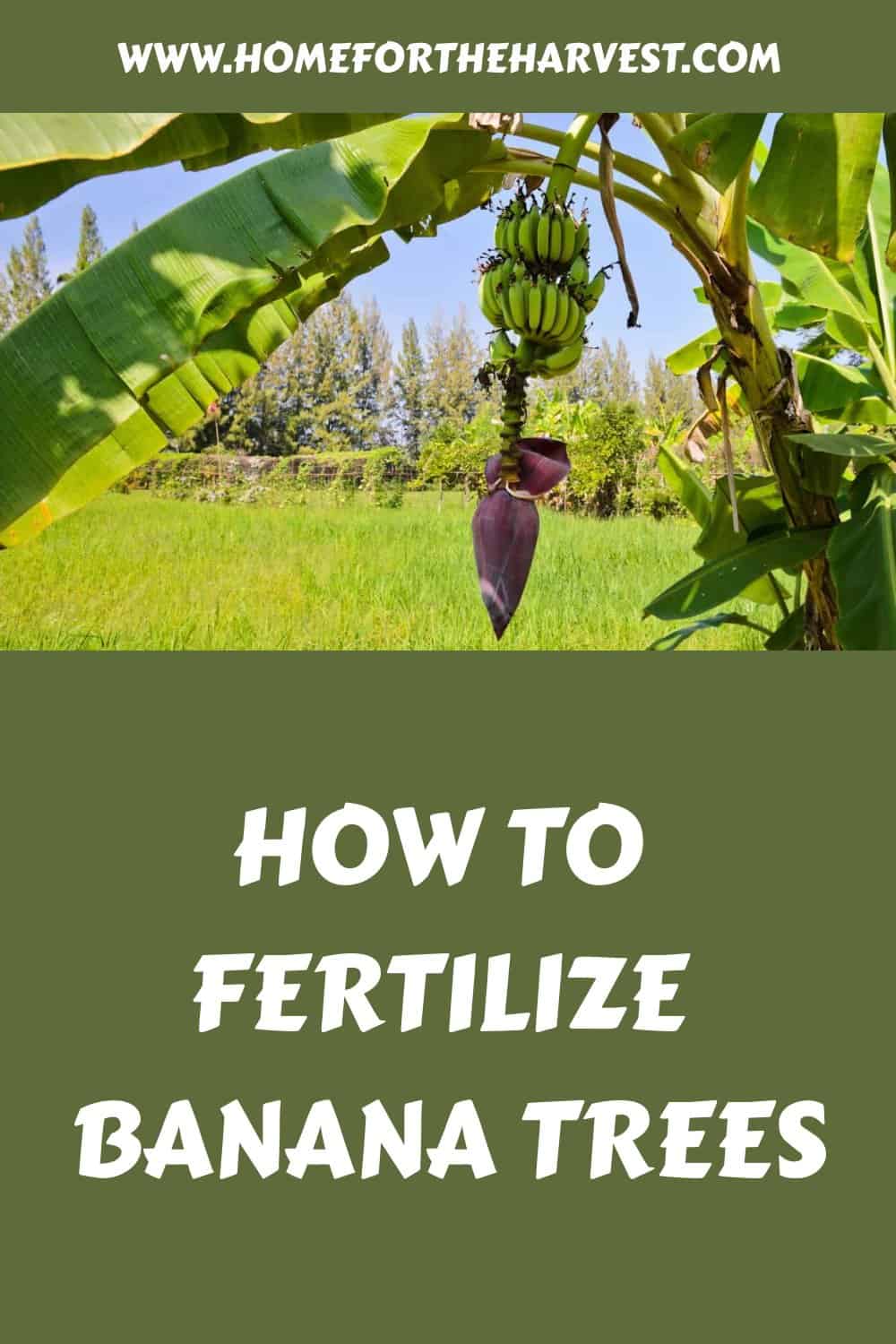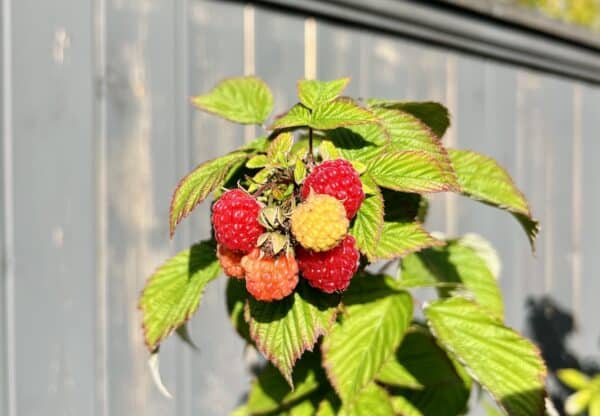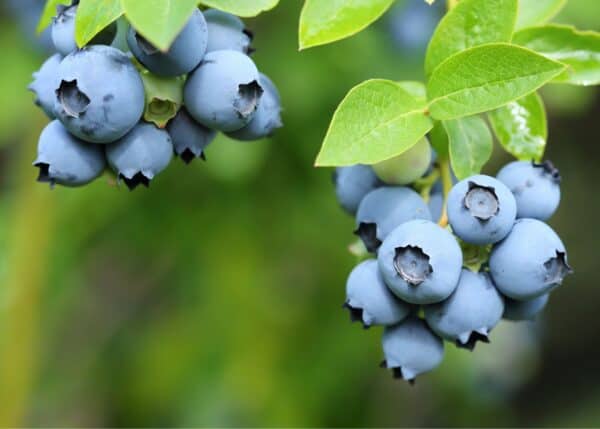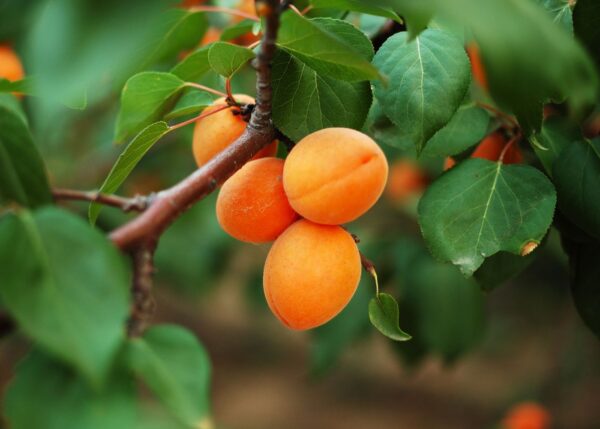Banana trees should be fertilized around once per month in spring and summer. Start off the season with a balanced fertilizer, switching to one lower in nitrogen just before flowering for the highest possible fruit yield. Apply fertilizer widely around the tree, avoiding the trunk, to make sure the extensive root system is covered. This is the guide for how to fertilize banana trees.
How often do banana trees need fertilizer?
Trees are typically considered slow growers, needing at least a couple of years to mature and only reaching their maximum height after several years. But banana trees are not regular trees – in fact, they are not trees at all. Bananas are technically classified as herbs and have rapid growth to back them up.
This rapid growth and the masses of fruits they produce means they need plenty of nutrients to fuel themselves. Heavy feeders need to be planted in nutrient-rich soil and topped up with regular fertilizer applications to maintain high yields.
Most banana trees need to be fertilized around once per month, depending on the performance of the tree and the products used. This will slow down in the cooler months when growth is not as prolific.
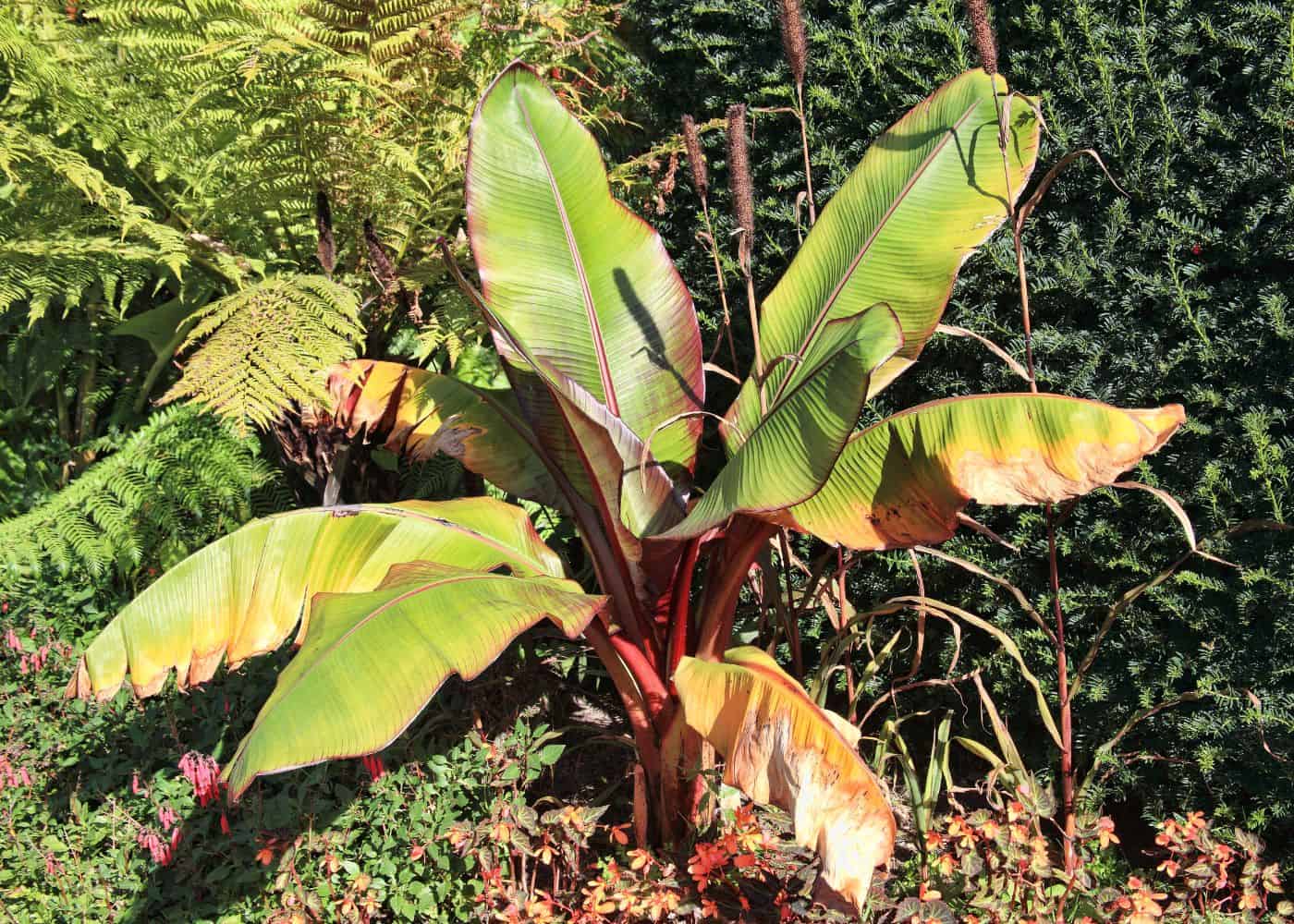
How much fertilizer do banana trees need?
A light sprinkle of fertilizer once per month will not be enough to satisfy these hungry plants. They need around a pound of fertilizer per month, adjusted for the size of the tree and whether they are growing outdoors in containers.
As their root systems are so extensive (often spreading beyond 10 feet), this fertilizer needs to be applied with a wide radius to make sure all the roots receive what they need. You don’t want to concentrate the application around the base of the plant as this will not deliver the nutrients where they are needed most.
Best fertilizer for banana trees?
Banana trees need a healthy balance of macro and micronutrients to promote healthy leaf and stem growth, flowering and – the ultimate goal – fruiting. It’s best to conduct a soil test before planting to determine the balance of nutrients in the soil, allowing you to provide exactly what the tree needs.
The best fertilizer for banana trees is one that is high in potassium, as bananas require a lot of potassium to grow and produce fruit. Other important nutrients for banana trees include nitrogen, phosphorus, and magnesium. A balanced fertilizer with a ratio of 5-10-10 or 8-12-12 is a good choice. You can also choose a fertilizer slightly higher in nitrogen if your soil is deficient.
Ensure your chosen fertilizer contains some secondary and micronutrients for well-rounded plant health. A deficiency in any necessary nutrient, even those needed in the smallest amounts, can cause major problems with growth. It’s also important to note that banana trees require consistent and adequate moisture and regular fertilizer applications throughout the growing season for optimal growth and fruit production.
How to fertilize banana trees
How you apply fertilizer will depend on the chosen product. Pellet fertilizer should be dug into the top layer of soil around the base of the plant and spread outwards. As the plant is watered, the nutrients will spread to the soil lower down, reaching all the roots below the soil line.
Fertilizers can also be diluted in water and applied along with your regular watering routine. This makes them more easily available to the roots as they are absorbed immediately by the water. But that also means anything that is not absorbed quickly may leach away with future watering or rain.
Avoid adding fertilizer close to the central stem of your banana tree. Excess nutrients can burn the plant and cause irreparable damage. The nutrients aren’t needed in these areas anyway, as they are absorbed by roots further away. Leave a ring around the base and spread the fertilizer several feet beyond the center of the plant.
Banana trees can be over-fertilized. Over-fertilization can lead to a number of problems, including leaf burn, stunted growth, and reduced fruit production. Additionally, over-fertilization can lead to an excess of certain nutrients in the soil, which can cause imbalances and harm other plants growing nearby. It is best to follow the manufacturer’s instructions when applying fertilizer to banana trees and not to exceed the recommended amount. It’s also important to monitor the tree and its leaves for signs of over-fertilization and adjust the fertilizer application as necessary.
How to fertilize banana trees in containers
Dwarf banana trees planted in containers don’t need as much feeding. Applying the full amount may cause the roots to ‘burn’. Instead, apply half the amount of fertilizer you would outdoors every 4-6 weeks, depending on the performance of the plant. This can be adjusted if your tree shows signs of overfertilizing like stunted growth and discolored leaves.
Banana tree fertilizing tips
- Spread the fertilizer evenly across the soil. Even application will keep all the roots happy on all sides, leading to better growth above the soil line.
- Don’t apply more fertilizer than is recommended on the packaging of your chosen product. Overfertilizing can cause irreparable damage to the roots that takes time for the plant to recover from.
- If your banana tree is not flowering or fruiting but is growing plenty of green leaves, switch to a fertilizer higher in phosphorus and potassium to direct the energy of the plant to fruiting.


